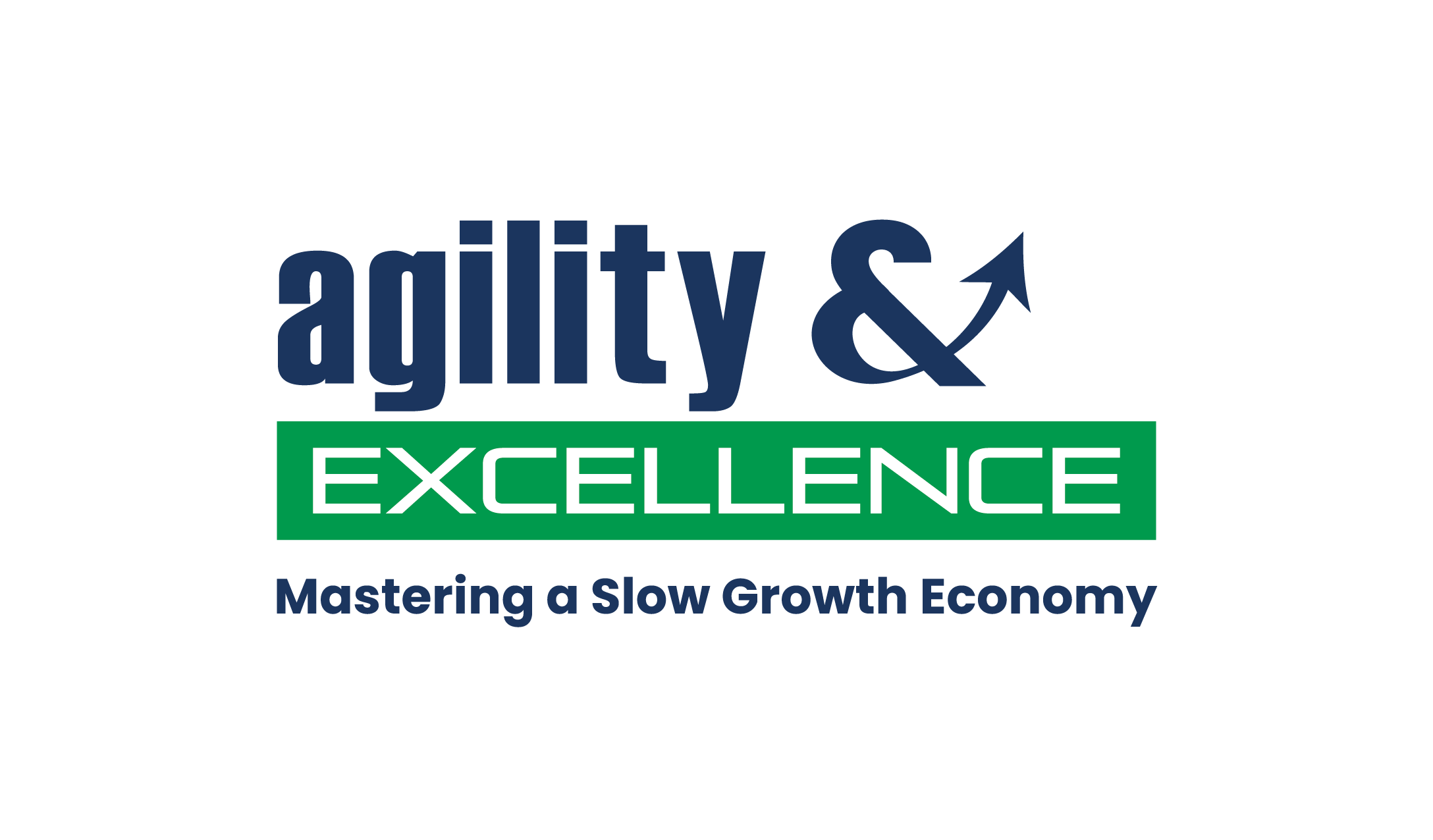Sustainability initiatives driven by environmental concerns and social changes continue to gain momentum among businesses, investors and consumers. Across industries, nine in ten companies have adopted or are developing formal environmental, social and governance (ESG) strategies. As manufacturing and distribution firms seek to optimize ESG initiatives to drive increased efficiencies and growth, the Inflation Reduction Act (IRA) provides expanded opportunities to earn clean energy tax credits. Beginning in 2023, the IRA’s Section 48C Advanced Energy Credit offers the first round out of $10 billion in investment tax credits aimed at strengthening domestic clean energy manufacturing.
Why ESG Matters for Manufacturers
Before diving into the details of the new tax incentives, it’s important to understand the impact and opportunities of ESG strategies. The Manufacturers’ Alliance defines ESG as “a set of frameworks used to assess the impact of a company’s sustainable and ethical practices on its financial performance and operations.”
- Environmental refers to an organization’s impact on the environment. This may include energy usage, greenhouse gas emissions, energy efficiencies, waste management, supply chain and sourcing.
- Social encompasses a firm’s relationships with stakeholders. Examples include fair labor practices, diversity, equity and inclusion (DEI) initiatives and community impact.
- Governance focuses on how the organization is managed, emphasizing ethics, transparency and leadership accountability.
From supply chain sourcing and manufacturing through product distribution, ESG initiatives and metrics play an increasingly important role in investment decisions and business-to-business and consumer purchasing decisions. In addition, as younger generations enter the workforce, these ESG considerations also factor into their decisions about joining and remaining with an employer. In short, sustainability is no longer a niche strategy; it is rapidly becoming the standard for firms to compete and thrive in a complex and evolving marketplace.
What Qualifies for the Advanced Energy Credit
The Section 48C Advanced Energy Credit provision within the IRA expands clean energy tax credits previously offered through the Advanced Manufacturing Tax Credit, which was enacted as part of the American Recovery and Reinvestment Act of 2009. Along with offering $10 billion in tax credits, Section 48C also expands the list of qualifying energy products eligible for the credit.
Manufacturers can seek up to 30% of the total amount invested in new or upgraded facilities that build or recycle renewable energy components. These projects can include efforts to build, expand or re-equip manufacturing facilities in three types of initiatives:
1) Projects to Reduce Emissions of Greenhouse Gasses
These include projects to re-equip manufacturing or industrial facilities to achieve a minimum 20% emissions reduction through the installation of:
- Systems that achieve carbon capture, transport, and storage;
- Industrial processes that enhance energy efficiency and waste reduction;
- Heating systems involving low- or zero-carbon processes; or
- Other technologies that facilitate reductions in greenhouse gas emissions.
2) Industrial facility projects that establish, expand, or re-equip the ability to process, refine, or recycle “critical materials.”
3) Projects to Manufacture and Recycle “Clean Energy”
These include projects that reduce greenhouse gas emissions through the establishment, expansion, or re-equipping of the following facility types:
- Manufacture of “clean vehicles;”
- Production or recycling of “renewable resources;” or
- Production of carbon capture equipment.
In addition, the credit covers infrastructure related to electric grid modernization.
Maximizing the Advanced Energy Credit
The credit is a competitive program, which means manufacturers must apply to receive an allocation. The first round of the program consists of $4 billion in credits. The initial application process runs from May 31 through July 31, 2023, with manufacturers submitting concept papers to the Department of Energy (DOE).
Based on the concept paper, the DOE will respond by encouraging (or discouraging) the manufacturer to complete a full application to the program. The DOE examines the applications to ensure they meet all eligibility requirements. For those that do, the DOE will then conduct a technical review and provide recommendations and rankings to the IRS, which makes the final decisions regarding the allocations. Once a credit allocation is awarded, manufacturers have two years to place the project into service.
To earn the maximum 30% allocation, firms must meet designated wage and apprenticeship requirements. This includes ensuring workers on the qualified project are paid prevailing wages for the area. The project must also engage qualified apprentices who perform a defined percentage of the total hours associated with the project.
The applications for credits will likely exceed the available funds, so manufacturing firms are advised to start planning their submissions now. Additional guidance about the documentation required and the projected timeline is expected from the IRS by May 31, 2023.
The dedicated manufacturing and distribution industry experts at CBIZ can help you evaluate and optimize your eligibility for the Section 48C Advanced Energy Credit. Connect with a member of our team and gain access to more resources here.
This article includes input from Nathan Smith, Director of the CBIZ National Tax Office. Nate’s strategic solutions for the firm’s tax practice allows him to lead the development of practice aids and tactical approaches used in responding to industry and federal tax developments in a variety of subject matter areas.
 | With a potential recession on the horizon, we know you want resources to help your business master the moment. We've put together our Agility & Excellence Resource Center to bring you strategies and solutions with a finger on the pulse of what's ahead. |